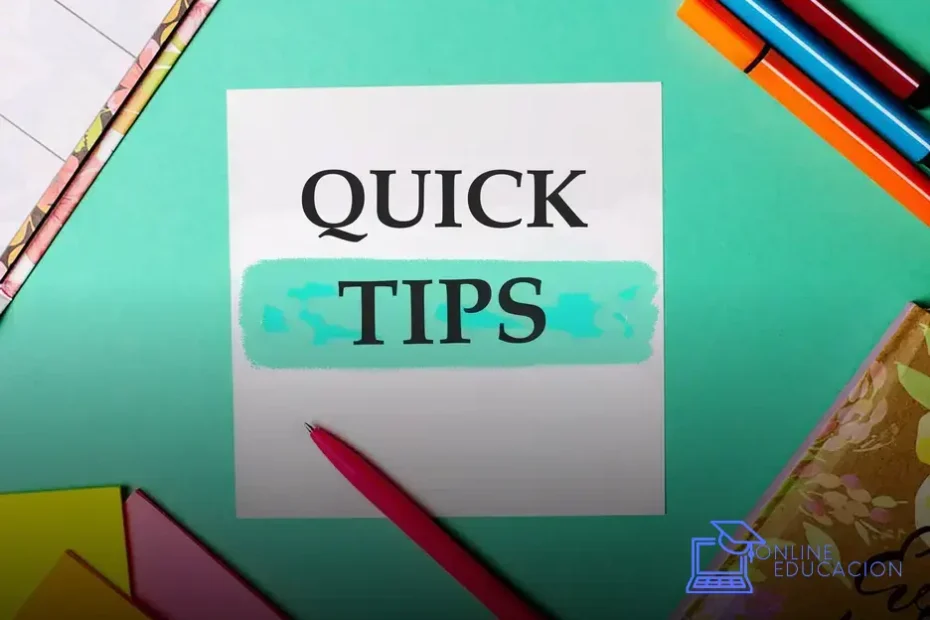Effective note-taking is a vital skill for anyone looking to boost their productivity and succeed in various aspects of life. Whether you are a student aiming for academic success or a professional seeking to improve your organizational skills, developing effective note-taking strategies can make a significant difference. This article explores the art of note-taking and offers practical tips and techniques to help you become a master at capturing and retaining vital information. Read on to discover how you can take your note-taking skills to the next level and achieve your goals.
Boost Your Productivity with Effective Note-Taking Strategies
Effective note-taking is a crucial skill that can significantly enhance your productivity. By adopting the right strategies, you can capture and retain information more efficiently, leading to better understanding and improved performance. Here are some effective note-taking strategies to help you boost your productivity:
1. Use abbreviations and symbols
One way to save time and space while taking notes is to use abbreviations and symbols. Develop a set of shorthand symbols that you can easily understand and use them to represent common words or phrases. This will allow you to write faster and capture more information in a limited amount of time.
2. Organize your notes with headings and subheadings
Creating a clear and organized structure for your notes is essential for easy comprehension and quick reference. Use headings and subheadings to categorize different topics and subtopics. This will help you locate specific information more efficiently and make it easier to review your notes later.
3. Use colors and highlighting
Color coding your notes can be a powerful way to visually organize and prioritize information. Assign different colors to different categories or themes, and use them consistently throughout your notes. Additionally, use highlighting to emphasize key points or important details. This will make it easier for you to quickly identify and review crucial information.
4. Summarize and paraphrase
Instead of trying to write down every word, focus on summarizing and paraphrasing the main ideas and key points. This will help you process and understand the information better. By condensing the content into your own words, you’ll also be more likely to remember and retain the information in the long term.
5. Use visual aids
Incorporating visual aids, such as diagrams, charts, or graphs, can be an effective way to enhance your note-taking. Visual representations can help you grasp complex concepts more easily and make connections between different pieces of information. Experiment with different types of visual aids to find what works best for you.
6. Review and revise your notes regularly
Regularly reviewing and revising your notes is essential for reinforcing your understanding and retaining the information. Set aside dedicated time to go through your notes, clarify any unclear points, and fill in any missing details. This will help you consolidate your knowledge and ensure that the information stays fresh in your mind.
By implementing these effective note-taking strategies, you can significantly improve your productivity and maximize your learning potential. Experiment with different techniques and find what works best for you. With consistent practice and refinement, you’ll be able to take more effective notes and achieve better results in your academic and professional endeavors.

Mastering the Art of Effective Note-Taking for Academic Success
Effective note-taking is a crucial skill for academic success. It not only helps you stay organized and focused during lectures and classes, but it also enhances your understanding and retention of the material. Here are some strategies to master the art of effective note-taking:
1. Be Prepared
Before attending a lecture or class, make sure you have all the necessary tools and materials, such as a notebook, pens, highlighters, and any assigned readings or handouts. Being prepared will allow you to focus on taking comprehensive notes without any distractions.
2. Use Abbreviations and Symbols
To keep up with the pace of a lecture or class, it’s important to develop your own system of abbreviations and symbols. This will help you write faster and capture key points without getting overwhelmed by trying to write everything down verbatim.
3. Listen Actively
While taking notes, actively listen to the speaker or instructor. Pay attention to their tone of voice, emphasis on certain points, and any visual aids they may use. This will help you identify important information and capture it in your notes.
4. Organize Your Notes
Organizing your notes is essential for easy reference and review. Use headings, subheadings, and bullet points to structure your notes and make them more visually appealing. This will also help you quickly find specific information when studying for exams or writing papers.
5. Review and Revise
Regularly review and revise your notes to reinforce your understanding of the material. This can be done shortly after the lecture or class, as well as during study sessions. Add any additional information or clarification that may be needed to ensure your notes are comprehensive and accurate.
6. Use Visual Aids
Visual aids, such as diagrams, charts, and graphs, can be powerful tools for note-taking. They can help you better understand complex concepts and relationships, as well as make your notes more engaging and memorable.
7. Collaborate with Peers
Consider forming study groups or collaborating with classmates to compare and supplement your notes. This can help fill in any gaps in your own notes and provide different perspectives on the material. Discussing and explaining concepts to others can also reinforce your own understanding.
By mastering the art of effective note-taking, you’ll be better equipped to succeed academically. Practice these strategies consistently and adapt them to your own learning style to maximize the benefits of your notes.
